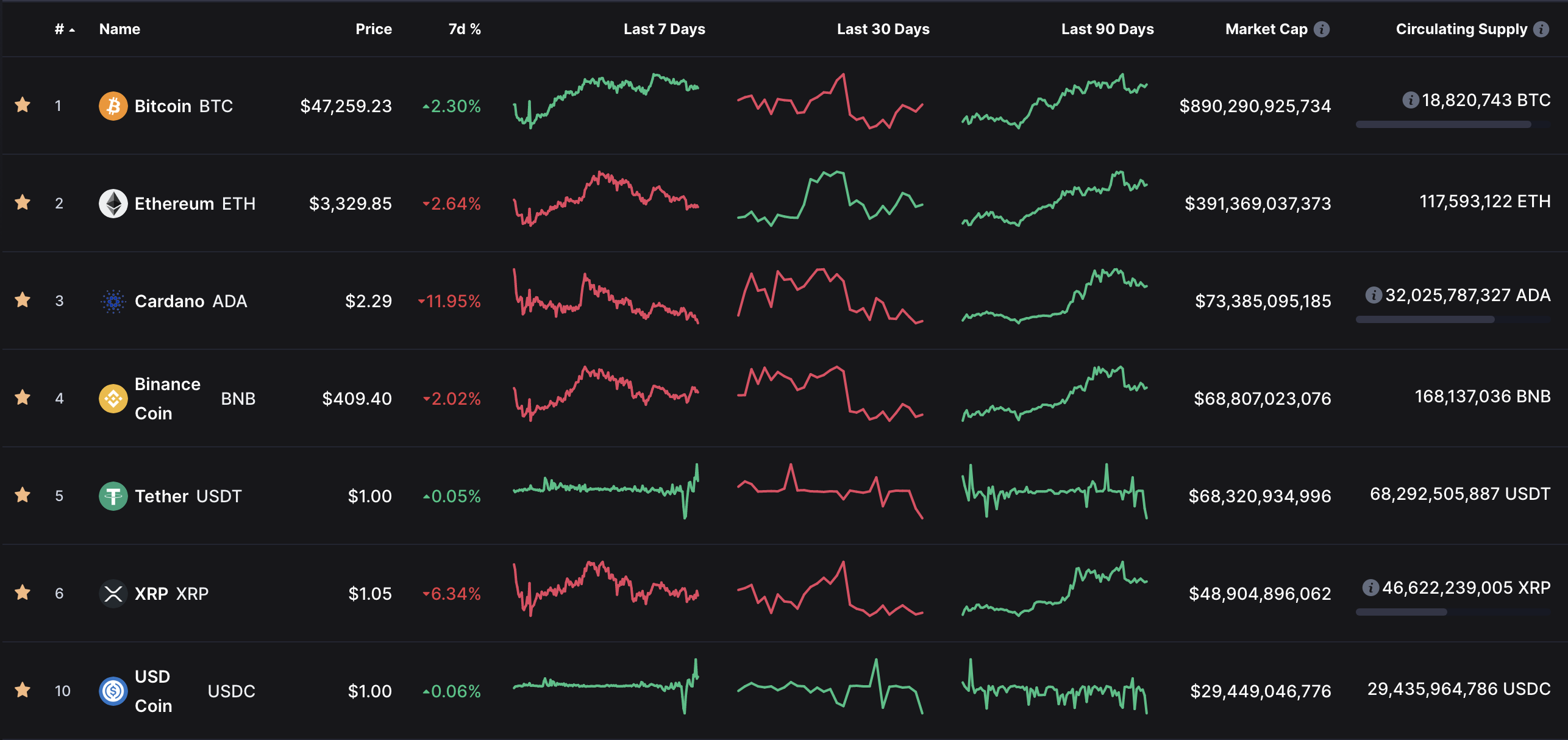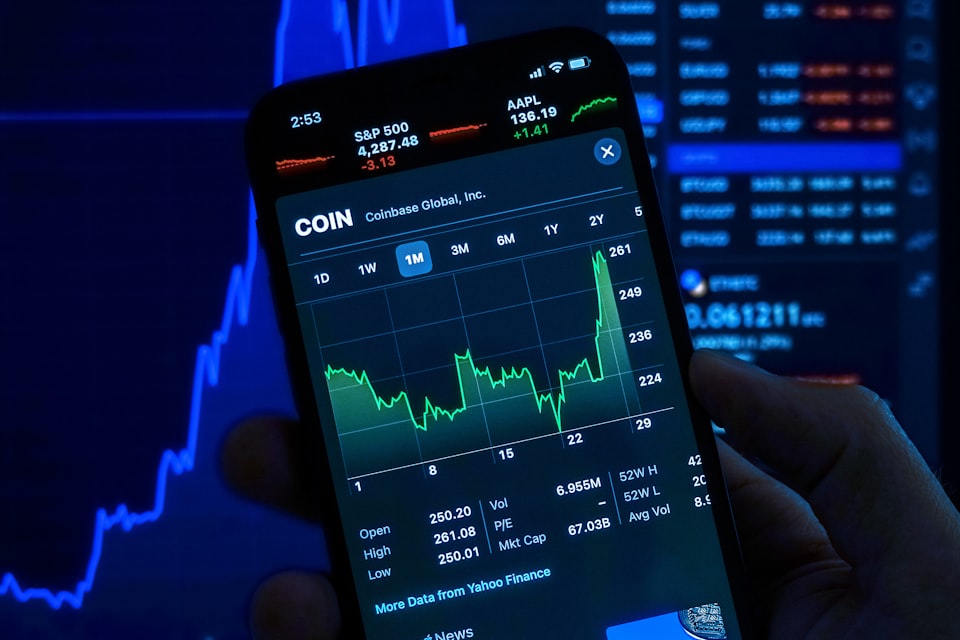From the Wild West of decentralized finance comes a financial instrument called the 'stablecoin'. Stablecoins have become a staple of the crypto industry, boasting a total market capitalization of more than $127 billion, according to CoinGecko.

Why invent Stablecoin?
The first reason is that the crypto industry is volatile, and stablecoins (in theory) behave like life rafts by holding their price during choppy markets. Their price is usually pegged to the U.S. dollar (or the euro or the British pound).
The second reason is ease of transfer between currencies. Stablecoins can eliminate the headaches of moving fiat money from your bank account to a crypto exchange. In the best case scenario, a traditional bank transfer can take a few days. In the worst, your bank might freeze your account, dubbing the transfer as suspicious. So instead of selling Bitcoin for fiat in your bank account, and then moving that money back onto an exchange when you get the itch to speculate, you could sell that Bitcoin for a popular stablecoin and get back in the market much quicker.
What Stablecoins are there?
The stablecoin market cap has grown there are more than 60 now on the market. Some are exclusive to specific ecosystems, others popped into existence to support an underrepresented currency. The largest are Tether (USDT) and USD Coin (USDC) and they make up more than 75% of the market cap.

These two stablecoins have also faced criticism for being operated by centralized companies that enjoy absolute command over how the assets are used, and that in essence breaks the ideals of a decentralised currency system.
Decentralized Stablecoins
A number of stablecoin projects have emerged to compete against USDT and USDC. Called decentralized stablecoins, aome are algorithmic, some are backed by other cryptocurrencies, and others are tethered to alternative (delta-neutral) trading strategies.
The two largest decentralized stablecoins right now are 'Dai DAI' and 'TerraUSD UST'. This week, they hit a combined $10 billion market cap.

These stablecoins are decentralized because they are backed by decentralized cryptocurrencies.
- In order to create DAI, for instance, you need to put up collateral in a cryptocurrency like Ethereum, Yearn, Uniswap, or Chainlink.
- In order to create UST, you need to put up Terra’s LUNA token, another Cosmos-based cryptocurrency.
No one party controls any of these tokens unlike USDT and USDC which are controlled by a centralized authority. Instead of a centralized company holding cash, commercial paper, or other assets equal to the value of the stablecoin in circulation, lines of code underpinning these decentralized projects balance a mix of 100% cryptocurrencies.
Should you invest?
This is not financial advice, just a list of things to think about:
- The growth of DAI and UST are interesting and worth monitoring.
- Could one of the centralized companies running USDC and USDT go under?
- When the stablecoin becomes worth more than $1 or less than $1 - the pegged price to the fiat USD, they fail to do their job/mission. They in essence have a specific job to do and it will take belief/trust/faith of the community to keep it consistent with the USD. Being pegged to the USD is proxy support for the US market.
- The SEC has already indicated it would like to regulate stablecoins, however decentralized stablecoins are nearly impossible to regulate and the SEC could never prevent the transfer of money in or our on a decentralised model.
Where to next?
Learning to mint DAI stablecoins is a great way to get a better grasp of how algorithmic stablecoins operate. To do so, you’ll first need to head over to Oasis.app, Maker’s sleek, all-in-one DAI-minting machine. Then you’ll need:
- Your Web3 wallet like Gnosis Safe, Coinbase, MetaMask or My Ether Wallet. I use MetaMask.
- Some Ethereum.
- An ERC-20 token like LINK, wBTC, UNI, YFI, and many others.
If this is a little tricky then just try set-up a basic wallet on a solid exchange like Binance or Coinbase. Then try set-up a MetaMask wallet next! Of course, ping me an email if you have any questions!





